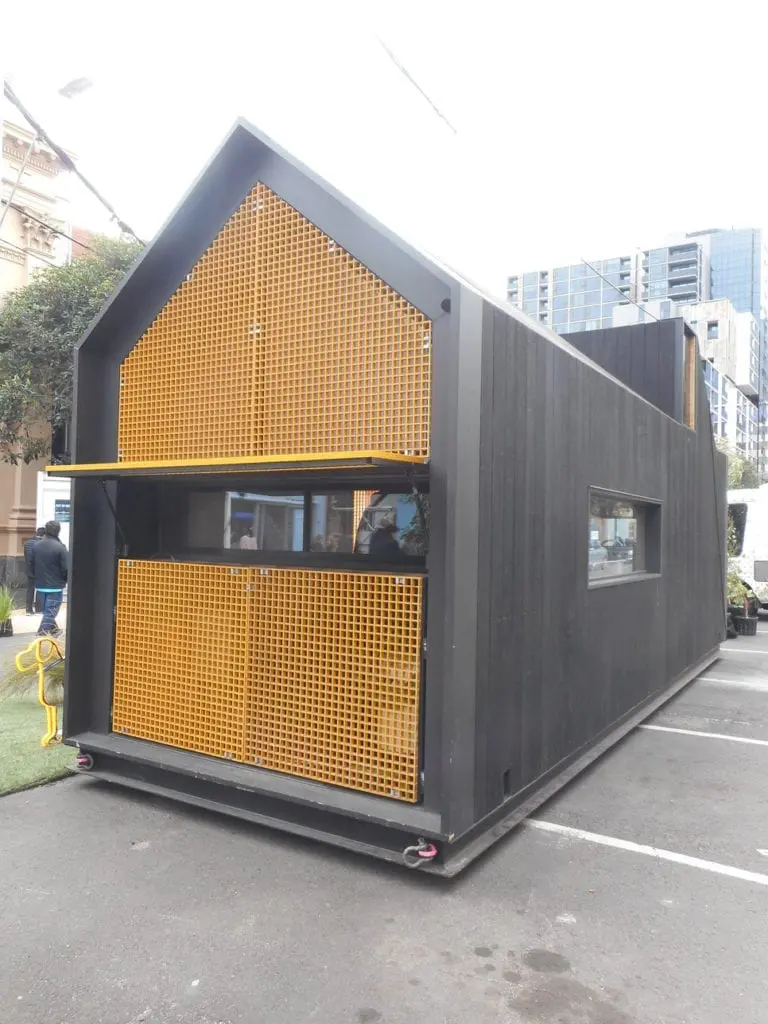_driverless buses and tiny homes: a trip down ‘future street’
Last weekend Collie staff members attended a City of Melbourne event in Blackwood Street, North Melbourne that focused on sustainable initiatives including on how streets of Melbourne may look in the future.
A notable focal point was the driverless bus, which has been designed in partnership with the University of Melbourne. With congestion being topical, the driverless bus presents as a possible way of easing congestion particularly, in parts of suburbs that are not as well serviced by public transport.


The RACV tiny home was another feature of the event and showcases a way of living in a comfortable environment albeit in a very ‘tiny’ footprint. The inside of the RACV tiny home is not too dissimilar to a caravan with the shower literally in between the bathroom sink and toilet being an example of the limited use of floor space.
While it may be too small a footprint for many, the tiny home helps pose the question: can we be smarter and more efficient in the way we use space?

